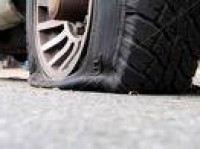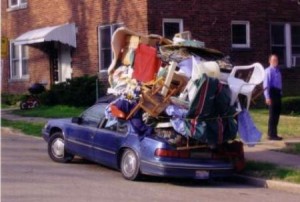Reducing Car Pollution
With the demand for cars in Kenya rising every day, so is the level of air pollution. Vehicles contribute to this evil at a very high level. But there are many ways of helping reduce the amount of pollution caused by car emissions.
The gases expelled from petrol engine cars contain carbon monoxide and oxides of nitrogen. These gases work together for power production to run cars, the unused gases are expelled through the exhaust pie, causing car pollution. These gases pose a threat to the ozone layer, causing depletion as well as harming the entire ecosystem. These pollution levels need to be controlled.
In the developed countries, more people are investing in Eco-friendly vehicles. Leading automobile companies have developed vehicles that depend on less fuel and more on alternative sources of power. These range from hybrid cars to electronic cars, which are fuel efficient.
Though we are yet to reach that level of development, there are measures we can take to reduce the levels of pollution in our environment. These are some factors we should always put into consideration in fighting against this evil.
Car Maintenance
The need to take your car for regular service and maintenance checks can never be over-emphasized. Remember a well maintained car produces less emission. Some of the routine check can be done individually without the need of an expert.
-
Check brake fluid
Checking brake fluids is similar to doing an oil inspection. The oil is located at the rear of the engine, open the cap to remove the engine oil sticks or commonly referred to as the dipstick. Check the level of the oil; replace the old fluid, filling it only to the fill line. Avoid overfilling; the dipstick helps you know when the oil is enough. Replace cap and wash your hands thoroughly because the fluid is very toxic.
This procedure applies to the oil check too. It is recommended to check your oil every
-
Change Transmission Fluids
The type of transmission fluids used in different cars depends on the car’s type of transmission.
For manual transmission, it might be slightly difficult as some of them do not have a dipstick. You probably need to get advice from a trusted car expert in order for you t know how to do it yourself. But if your car comes with a dipstick, located at the back of the engine, this is how to go about it. Take out the dipstick and wire off the excess fluid. Put it back in and fill fluid up to the fill line.
For the automatic transmission, the same process applies, as it already has a dipstick. Use it and follow the same procedure as above.
-
Oil Change
It is essential to change oil at regular intervals, even when you haven’t used the car for several months. Avoid using poor quality oils and lubricants as they can jeopardize the condition of your car.
-
Car Tune Up
This helps improve the performance or the car as well as the gas mileage, this contributes to the reduction of pollution levels. If need be, make sure to replace the spark plug as soon as possible.
Dust the carburetor regularly and adjust the idling speed after every 3000kms
Fuel Economy
High Fuel efficiency equals less consumption on fuel and consequently less emission. This can be achieved through always driving your car at a steady speed as it improves the fuel economy of the car.
Tyre Pressure and Alignment
 Proper tyre inflation plays a very big role in the smooth running of the car, or else wheel will simply drag on the road. This not only wears the wheels out, but also leads to higher emission as the process uses up more fuel. A regular check on wheel alignment and tyre pressure is vital.
Proper tyre inflation plays a very big role in the smooth running of the car, or else wheel will simply drag on the road. This not only wears the wheels out, but also leads to higher emission as the process uses up more fuel. A regular check on wheel alignment and tyre pressure is vital.
Avoid Idling
It is recommendable to turn off the engine if the car is not in motion. This helps to reduce engine warm up. An excessively worn out engine requires more fuel and thus more emissions.
Consider car pooling
If there are people who travel in the same route with you regularly, you could consider using one car to commute. This will reduce the number of cars on the road and of course less pollution. Considering the high parking fees, you would have killed two birds with one stone. (Reduced pollution and saved on parking fees.)
Avoid overloading

Extra weight on the car, requires the engine to exert more pressure to more the car. To avoid high fuel consumption and pollutant emission, make sure you stick to the maximum weight specification for the car.
Know Your Car
Knowing the basic technical specifications of your car help you tell when your car is faulty. It is always good to be able to know the tell-tell signs of a faulty engine, or excess breakdown. Also learning simple car repair techniques comes in handy. Sudden drop in gas mileage is a danger sign that your engine is failing.





